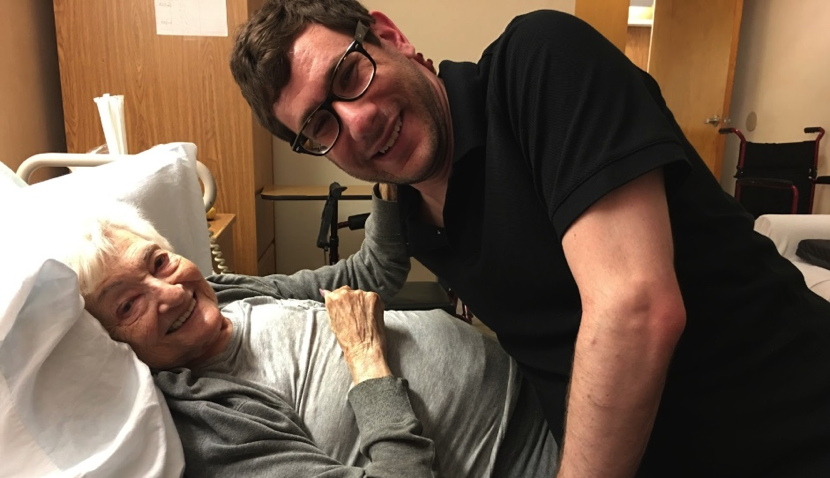
The paralyzing fear of long-term care health costs sends mature Americans into confusion and often denial. Many individuals and couples enter retirement with fingers crossed, unprepared to deal with the biggest potential risk to their savings. Numerous people choose not to purchase long-term care insurance because of having to pay costly premiums for the rest of their lives, increasing premiums, and if they never need long-term care all the premiums they have paid are forfeited to the insurance company. Thereby, choosing to self-insure.
There is an alternative way to self-insure, and protect your assets from long-term care expenses without paying annual premiums to an insurance company – thereby not worrying about increasing premiums, and forfeiting premiums to an insurance company, instead passing all unused benefits to your heirs income tax-free.
This can be accomplished by repositioning a portion of your assets into a specially designed life or annuity/long-term care policy. In addition, you may earn more interest than at a bank without paying current income tax on the interest. Just like other annuity or insurance plans, this policy pays a death benefit when you die. It also allows you to spend the death benefit, not the lower cash surrender value, but the higher death benefit for long-term care expenses. This policy will provide comprehensive long-term care benefits for qualified care, such as, expenses at home, in adult day care, at an assisted living facility, and in a nursing home. The policy can be bought on one life or on two lives.
Here’s an example: a husband and wife, 65 years old, both in good health, reposition $150,000 into a specially designed life/long-term care policy. They get an immediate death/long-term care benefit of $325,761, which will grow over time. If either one or both enter a nursing home, or need home health care, each can withdraw up to $6,515 per month tax-free. Any unused benefits will pass on to their heir’s income tax-free. This specially designed life/long-term care policy can help to safeguard the rest of your estate by providing benefits for qualifying long-term care expenses. It allows you to retain an asset, and avoid the ongoing liability of annual premiums usually required by other forms of long-term care insurance. So if you don’t use it, you don’t lose it.
You can reposition readily accessible money from CD’s, savings and annuities, even IRA’s. One person’s IRA can provide long-term care protection for both spouses, and help to meet any necessary required minimum distributions, at the same time turning income tax dollars into income tax-free dollars for your beneficiaries. This way, your “rainy day” funds can work more effectively for you in case of long-term care needs, and more effectively transfer your wealth to your beneficiaries.
This type of long-term care planning has appealed to thousands of people since it was first introduced and is surging in popularity. Its advantages can help make the assets you have spent a lifetime to build, last a lifetime.
Call our South Florida office at 954-726-6602 for additional information about Elder Law, Medicaid planning and any Long term care needs.